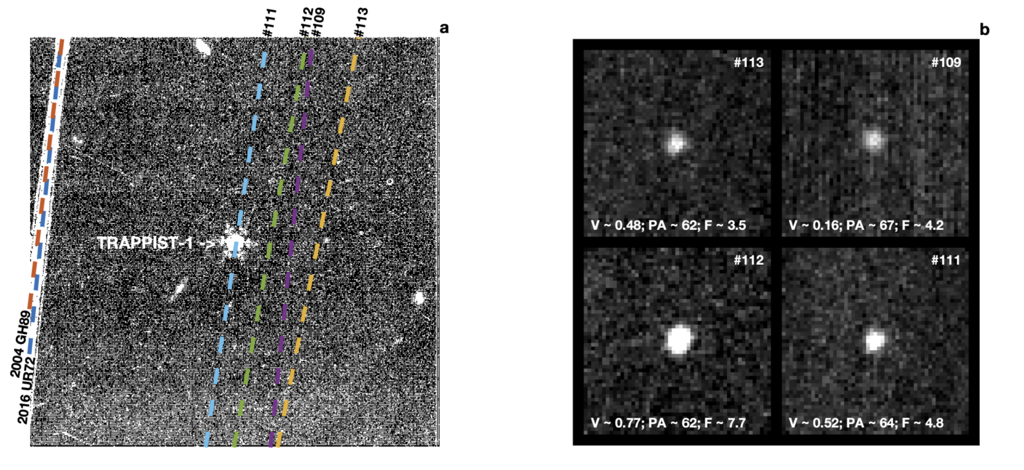Astronomers have identified over a hundred potential "Tunguska meteorites."
The main asteroid belt is a region approximately 0.5 astronomical units wide, located between the orbits of Mars and Jupiter, where the "building debris" of the Solar System has accumulated. Today, the asteroid belt contains three recognized dwarf planets, up to two million asteroids larger than one kilometer in diameter, and billions of smaller bodies. Dwarf planets and large asteroids over 100 kilometers in diameter remain in the belt, while smaller ones often get knocked off their orbits and venture into the inner Solar System.
Even with modern technology, systematically monitoring small asteroids remains a challenge. Estimates suggest that only about 15% of medium-sized objects, ranging from 150 meters to one kilometer, have been identified, and merely 1% of small asteroids. These objects frequently fall to Earth and can create quite a stir. For instance, the diameter of the Tunguska meteorite was approximately 70-80 meters, while the Chelyabinsk meteorite measured around 20 meters. Predicting their falls would still be quite difficult today.
Astronomers aim to observe small objects in the asteroid belt to understand the distribution of their sizes and the likelihood of migration towards Earth's vicinity. So far, scientists have only managed to find objects about a kilometer in diameter. In a new study, published in the journal Nature, an international team of researchers successfully identified over 100 new small asteroids in the belt. The diameter of the smallest among them is approximately 10 meters.
The new method is relatively simple but demands significant computational resources. The research was led by Julien de Wit and Richard Binzel, professors of planetary science at the Massachusetts Institute of Technology (USA), who specialize in the search for exoplanets. The observational data from distant exoplanet systems needs to be filtered from noise, such as gas, dust, and objects between us and that star. Occasionally, asteroids from the Solar System also fall into this category. This led to the idea of using the same observational data to detect asteroids.
The observation data from distant systems consists of thousands of images of the same area of the sky. By visualizing the trajectory of an asteroid that has passed through a "frame," it can be detected by overlaying images until the asteroid becomes "brighter" than the surrounding noise. The challenge lies in the multitude of potential trajectories and the thousands of images that need processing, requiring substantial computational power.

In their new work, the scientists tested their method using data from the James Webb Space Telescope. Asteroids in the main belt shine much brighter in the infrared range than in the visible spectrum, making the James Webb observations particularly suitable for this task.
To search for objects that passed through the field of view, the researchers utilized over 10,000 images from the TRAPPIST-1 system. As a result, they managed to "capture" eight known main belt asteroids and 138 new asteroids, each measuring just a few dozen meters in diameter. These are the smallest asteroids in the belt ever observed.
"We thought we would find a few new objects, but discovered far more than we expected, especially small bodies. This is a sign that we are exploring a new population: these small objects formed as a result of cascading collisions, which are extremely effective at breaking asteroids down to sizes smaller than 100 meters," explained de Wit.
With such observational data, scientists can calculate the flight trajectories of objects more accurately and predict their migration. The authors of the new article proposed that several of the newly discovered asteroids may become near-Earth objects.